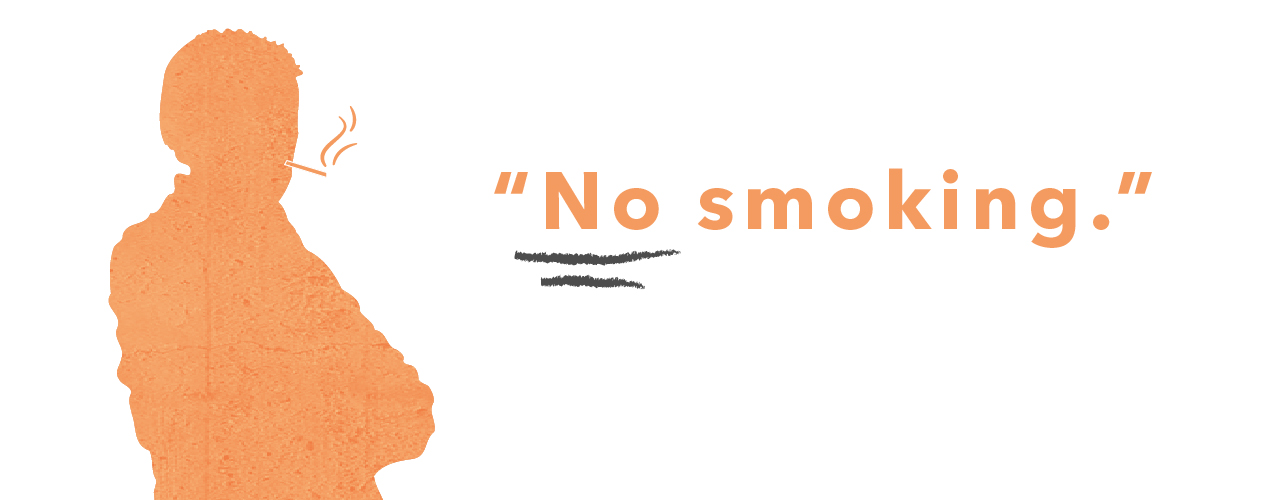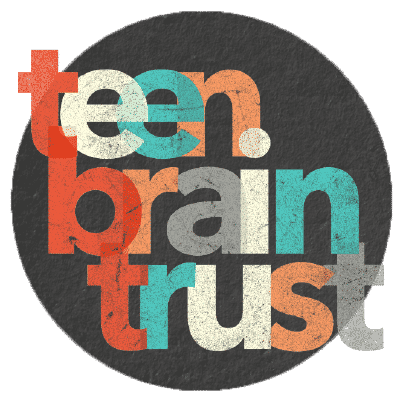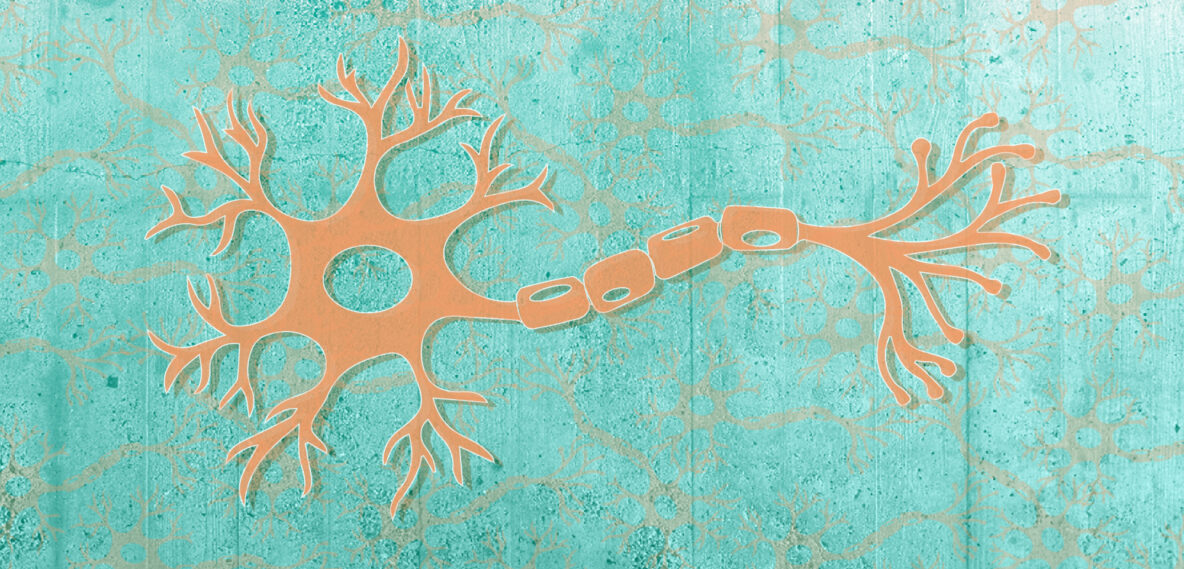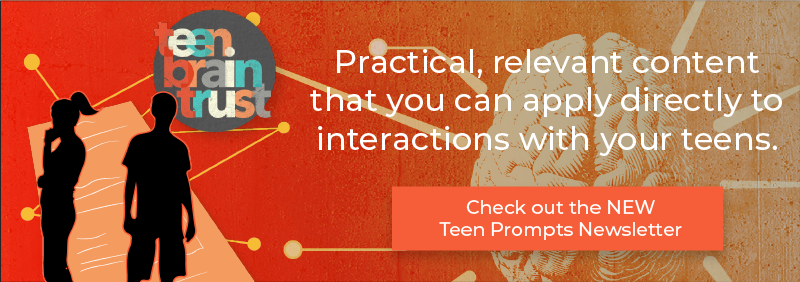[5:00 minutes to read]
Neurons are the basic working cells of the brain. When you do anything at all (think, walk, make evil plans, read, pick your nose, etc . . .) neurons are firing in your brain.
Ok, you got us, the title claiming your teen can ‘read your mind’ was for dramatic effect.
Still, the latest research into mirror neurons has some interesting implications for both teens and parents.
But first, what in the world are mirror neurons?
Neurons are the basic working cells of the brain. When you do anything at all (think, walk, make evil plans, read, pick your nose, etc . . .) neurons are firing in your brain. They make everything that we do possible from choosing our hairstyle to picking up a coffee cup.
Mirror neurons are neurons that fire when we perform an action OR when someone else performs the same action.
Let me break that down a little more.
Let’s say the action in question is picking up a coffee cup.
When I go to pick up a coffee cup, I have a set of neurons fire in my brain that control and direct my arm and hand as it grasps the cup and lifts it into the air.
When I watch someone else pick up a coffee cup, some of those same neurons that I use to pick up a coffee cup fire.
In other words, mirror neurons serve two purposes. They allow me to pick up the coffee cup AND they allow me to understand what someone else is doing when they pick up a coffee cup.
“Pah,” you might say to yourself, “That’s not mind-reading!”, and you’re right. But there’s another level to mirror neurons that scientists are seeking to understand.
What the latest research tells us is that different mirror neurons fire depending on the intention behind the action.
If I watch someone pick up a coffee cup to take a drink of coffee a certain set of mirror neurons fire, but if I watch someone pick up a coffee cup to clean it, a separate set of mirror neurons fire. In other words, my brain doesn’t just react to the action being performed, it reacts to why the action is being performed as well.
“Ok that’s weird” you might say to yourself, “but what in the world does it have to do with parenting teenagers?”.
Think back to when your kids were really young. Do you remember how they watched you all the time?
Kids are natural-born copycats, they copy everything that we do. We now know that mirror neurons play a big role in this process.
Neural pathways form in our brain when we use the same pattern of neurons over and over again. In other words, because I’ve picked up a coffee cup so many times I now have a dedicated pathway in my brain that controls ‘picking up a coffee cup’.
Because mirror neurons fire every time we see an action being performed, a young child who’s never picked up a coffee cup in their life might already have a neural pathway in their brain that controls ‘picking up a coffee cup’ because they’ve watched adults around them do it so many times that their mirror neurons have already laid the groundwork for how picking up a coffee cup goes.
Teenagers are no different from small children in this regard. They watch the adults in their lives and then copy their behavior. Much of this process is automatic and happens on an unconscious level. The main difference is that teenage behavior is much more sophisticated. They’ve also had years of practice reading into people’s intentions.
We bring this up because it makes a scientific argument for the benefits of modeling behavior.
Be honest, have you ever engaged in “Do as I say, not as I do” while parenting?
You might be a smoker who tells your kids not to smoke, or a casual drinker who tells your kids not to drink, or you tell your kids to clean their room but your room could use some work as well.

It’s very natural to fall into this and in many cases, it’s necessary for effective parenting. There are different dangers surrounding alcohol for kids and adults after all.
Regardless, the truth of the matter is that kids will always learn more from the things they see us do than the things we tell them to do. Even if your kids don’t smoke, if they’ve watched you light up all their life, their brain has neural pathways dedicated to the act of smoking.
This is why an understanding of mirror neurons is so important.
There are myriad benefits here as well.
If you’re a safe and careful driver on the road, it’s likely that your teen already has a host of good driving habits waiting in their brain before they ever get behind the wheel of a car themselves.
Basically, if you demonstrate good habits as you go through life your teen is much more likely to copy you. Even if they don’t copy you, they’ve still got the blueprints for these habits floating around in their brains somewhere.
And if you’re reading this and going ‘Oh No! I’m a terrible driver!’, not to worry.
The adolescent brain is writing and rewriting neural pathways like never before.
That means that during the teen and adolescent years, modeling behavior is even more important. I’m not saying that mirror neurons work harder in adolescence, but that the development of neural pathways is much more aggressive.
Your kids will learn by watching you their entire lives, but during the teen and adolescent years, a lot more of that learning is being hardwired into their brains.
So if you haven’t demonstrated the best driving habits before when they were kids, you can start now and it will still have a positive impact.
You may not look at your teen and be inspired to implement a host of new, healthy habits (and if you don’t it’s really not the be-all, end-all), but if you’re on the fence about whether or not to invest more in your own personal growth, we say do it and make sure your teens see you doing it. At the very least you’re setting a good example, at the best you’re paving some neural pathways in their brains that will also improve their lives in the long run.
NOTE: If you enjoyed this article and would like to learn more about mirror neurons, we recommend looking into the research of Dr. Marco Iacoboni. Marco’s a Friend of TBT and one of the leading researchers into Mirror Neurons. In fact, I borrowed the coffee-cup example from a segment he did on PBS a few years ago. If you’d like to learn a little bit more on this topic his video is a great place to start.
Share this Post


